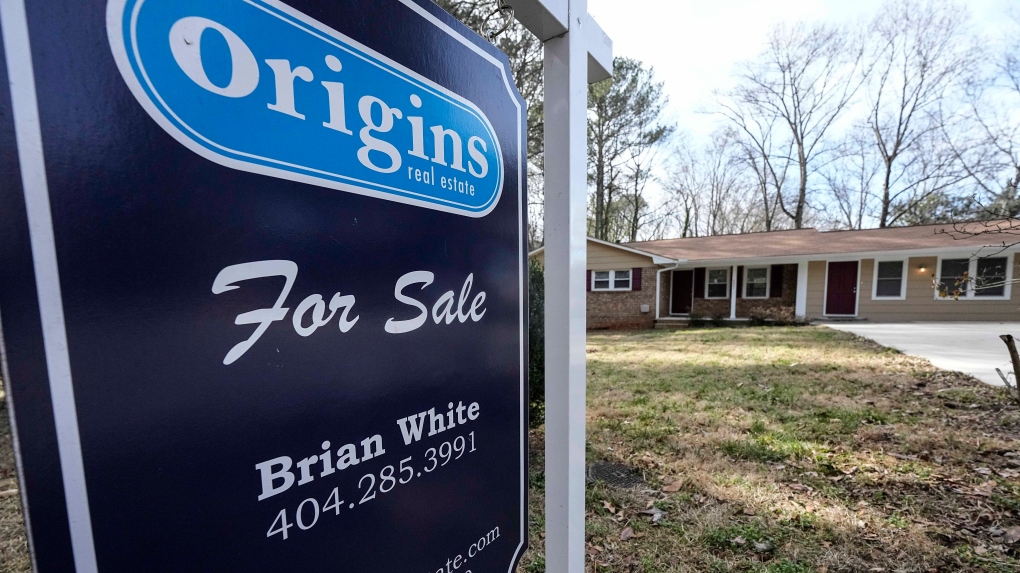The banking industry, particularly smaller banks, has been closely watched in the past year due to their significant exposure to the $20 trillion commercial real estate (CRE) market. The challenges faced by this market, including financing difficulties exacerbated by high interest rates and reduced office occupancy resulting from the widespread shift to remote work, have put these banks under scrutiny. According to a note from UBS to clients last month, as of Q3 2023, smaller banks with assets of less than $20 billion held the majority (56.1%) of CRE loans outstanding. In comparison, larger banks with assets exceeding $250 billion held only 22% of such debt. This highlights the higher risk faced by these smaller "community" banks, but it also indicates that the overall banking system is not at risk due to CRE exposure.
The attention on banks' CRE exposure was renewed when New York Community Bancorp (NYSE: NYCB) reported a surprise quarterly loss in January and made a significant charge against potential loan losses. Although an investor group led by former Treasury Secretary Steven Mnuchin offered a $1 billion lifeline, concerns remain regarding the bank's ties to CRE. The International Monetary Fund (IMF) issued a global financial stability note earlier this month warning about the substantial risk posed to both small and large banks by their large CRE exposures.
The IMF highlighted that economic uncertainty and higher interest rates could lead to declining property values and a deterioration in asset quality, putting banks at risk. The IMF also noted that some banks continued to have exceptionally high concentrations of CRE loans in Q4 2023, which could compromise their safety and soundness. A breakdown of lenders with the highest concentration of CRE loans as of Q3 2023 reveals several key players in the market: - Bank OZK (NASDAQ: OZK): CRE share of total loans – 68.6%; total CRE loans – $17.4 billion; total assets - $32.8 billion - Home BancShares (NYSE: HOMB): 63.0%; $9.0 billion; $22.0 billion - Pacific Premier Bancorp (NASDAQ: PPBI): 63.0%; $8.4 billion; $20.3 billion The gradual rebound in CRE prices, particularly in the office sector, is starting to alleviate concerns.
Despite record vacancies caused by remote work trends during the pandemic, office prices are stabilizing, down -15% year-over-year in January 2024. National apartment and retail CRE prices are recovering more quickly but remain 5%-10% lower than a year ago. Industrial properties have seen slight price increases year-over-year, making them stand out as the top performers in the market.
Apollo's Chief Economist, Torsten Slok, noted that the improving CRE prices are beneficial for regional banks and contribute to the broader economic recovery. Some major players in the industry, such as Goldman Sachs (GS) Asset Management, are considering re-entering the U.S.property market at this time.
In conclusion, while the CRE market has posed challenges for smaller banks in recent times, signs of stabilization and recovery are appearing, offering hope for a brighter future in the industry. It is essential for banks to continue monitoring their CRE exposures and adapting their strategies to navigate the changing landscape successfully.
.png)









 English (US)
English (US)